Green architecture – House of Vestas in Denmark
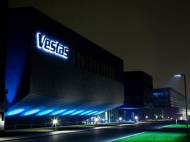 Vestas, a global wind turbine company from Denmark, has recently completed their new headquarters in Aarhus, Denmark. Named House of Vestas, the new office building exhibits various sustainable features and it is built to meet the to the low-energy class 1 building according to the Danish building code and expected to become the first LEED Platinum certified building in Northern Europe.
Vestas, a global wind turbine company from Denmark, has recently completed their new headquarters in Aarhus, Denmark. Named House of Vestas, the new office building exhibits various sustainable features and it is built to meet the to the low-energy class 1 building according to the Danish building code and expected to become the first LEED Platinum certified building in Northern Europe.
Designed by Arkitema Architects, the 22,500 square-meter (242,000 square-foot) complex has been designed with interior walls that can be erected and moved, thus allowing various office environments to be set up without any impact on the building’s technical installations.
The center and entrance of the building is a three story high atrium which is naturally ventilated and has abundance of daylight. It features a large network of walkways which provide close contact between various departments. Many of the meeting rooms are equipped with advanced technical facilities for holding meetings with other remote groups worldwide. Atrium features natural ventilation.
Primary interior surfaces are combination of light Scandinavian natural materials with texture and warmth. All construction waste was sorted, and at least 50% was recycled, while the rest of the materials are regional and acquired within a radius of 800 km (500 miles), in order to minimize the transport associated with construction.
House of Vestas matt and reflective glass exterior is covered with the sun-screening. The glass segments are mobile and automatically adjust to solar influence. The sun shields can be controlled from each workstation and are used to deflect 90% of the Sun’s heat. They also protect the building’s underline façade from other influences like hail or wind. The underline façade is highly insulated, and the location and orientation of the window openings have been optimized in the relation to the position of the Sun. These initiatives have halved the ventilation needs in temperature control.
Highly efficient solar cell system on the roof is used to produce energy, and it is supplemented by semi-transparent solar cells on the glass roof of the atrium which additionally serve as Sun shield. Solar heating system supplies the building with heat sufficient for 18 homes. Building has Denmark’s largest combined geothermal energy system with 36 km (22 miles) of piping regulates the building temperature. Combined, these systems provide total heating and cooling needs for the building.
Green roofs collect rainwater and limit demands on the sewer system. They also ensure that the large roof surfaces of the building do not contribute to the heating of building or immediate environment. Rainwater is collected and used to flush toilets and water the grounds. Water consumption is lowered by 20% by the use of low flow water fixtures.
Intelligent low energy lighting is reduced and appliances are used to lower the energy consumption. Compared to a generic commercial complex, House of Vestas y uses around 50 percent of the needed energy. The consumption of each department can be monitor by any individual inside the building, thus helping further energy conservation. In order to increase the sustainability, they sort all of the building waste in order to ease the recycling and also use their kitchen waste for compost.

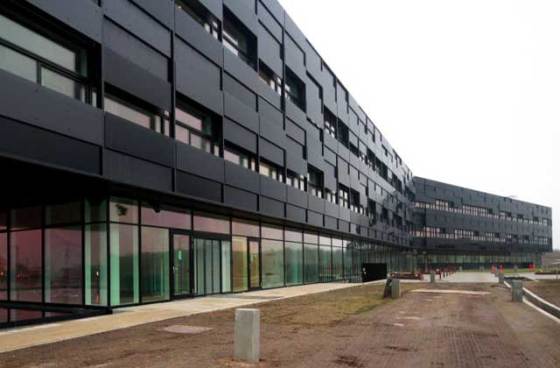
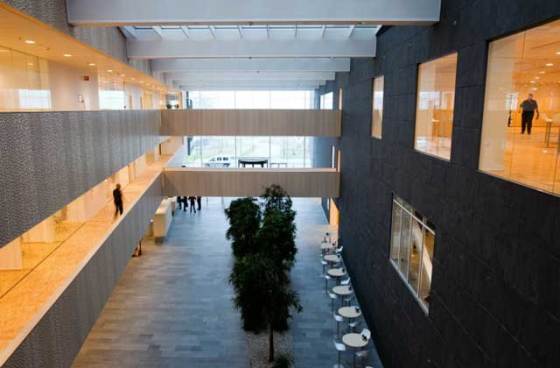
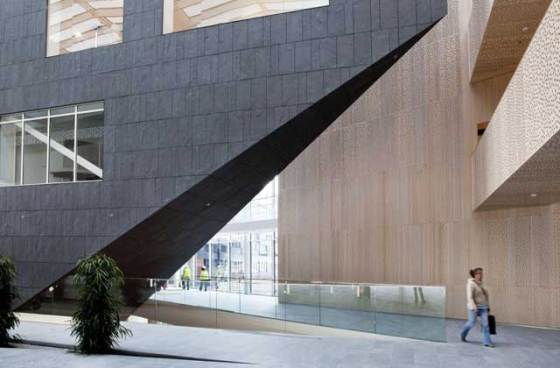
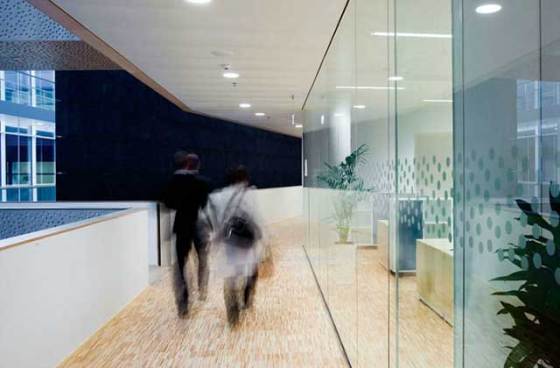








Very interesting facade and strange atrium!
‘Go Green’ is the mantra today. Everyone on this planet is taking about a healthier and safer environment for them. Its great to read this post. :)
I wonder does that area have low insulation in the summertime, because that black façade can’t be good in that period.